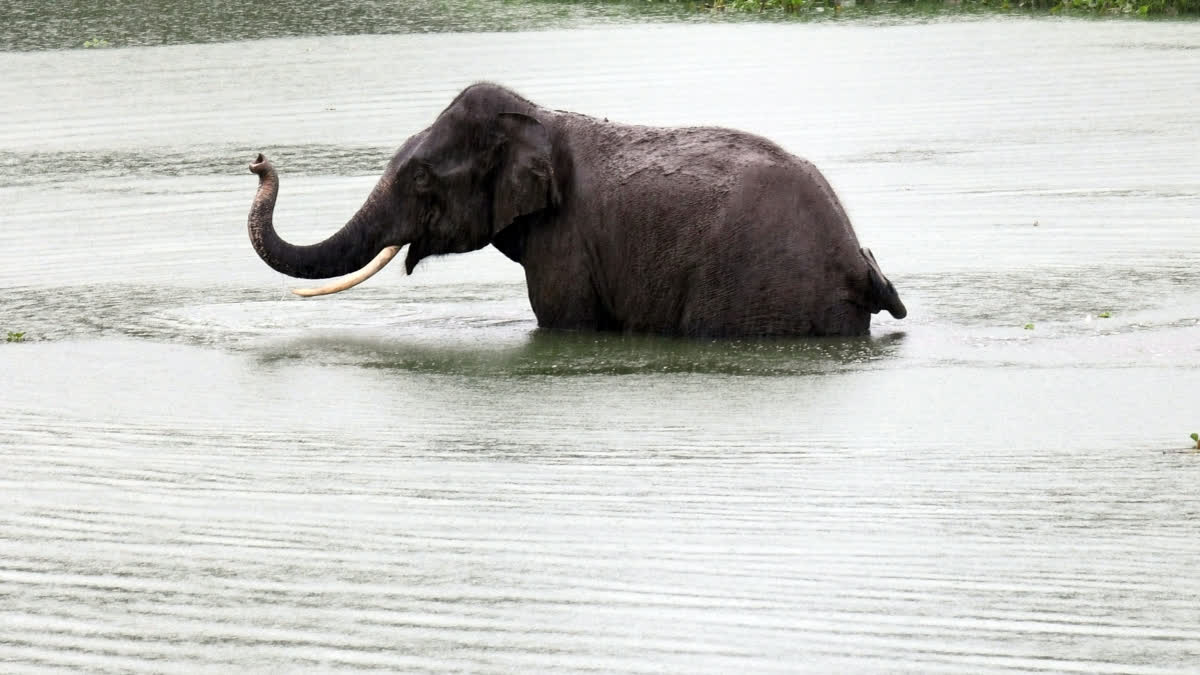Dehradun (Uttarakhand): With the government not yet releasing the Environment Ministry’s elephant census report report citing a delay in the census in the Northeast, the Wildlife Institute of India (WII), is looking to devise a new method for counting the tuskers.
According to the last elephant census conducted in 2017, India has 29,964 elephants, which is around 60 per cent of their global population. The elephant census is conducted every five years by the WII, an autonomous body under the Environment Ministry.
WII's research to come up with a new method is being conducted at the Rajaji National Park. An attempt is being made to prepare a new protocol by assessing the existing 11 methods used in the country. Scientists associated with the study are optimistic about completing the study in the next five to six months.
Dr Bilal Habib, Senior Scientist, WII, said that a huge chunk of the research work has been completed and the remaining portion too shall be done soon. According to the previous census in Uttarakhand, there are 2,026 elephants here with the maximum number living in the Corbett Tiger Reserve. The Rajaji National Park is home to 311 elephants.
